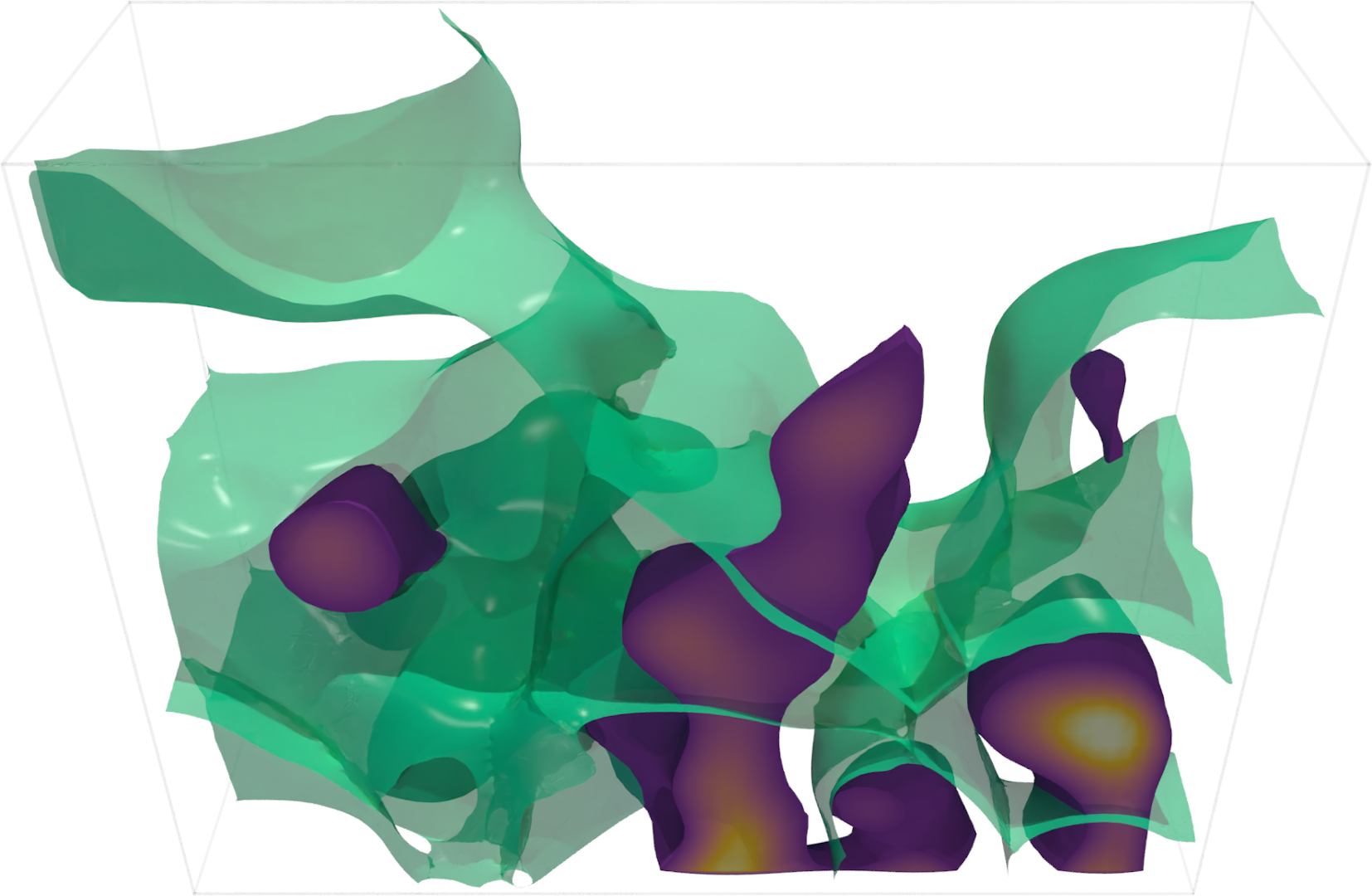Parallel Computation of Piecewise Linear Morse-Smale Segmentations
Robin G. C. Maack, Jonas Lukasczyk, Julien Tierny, Hans Hagen, Ross Maciejewski, Christoph Garth
DOI: 10.1109/TVCG.2023.3261981
Room: 106
2023-10-26T03:12:00ZGMT-0600Change your timezone on the schedule page
2023-10-26T03:12:00Z

Fast forward
Full Video
Keywords
Morse-Smale complex;segmentation;topology;visualization;watershed transformation
Abstract
This paper presents a well-scaling parallel algorithm for the computation of Morse-Smale (MS) segmentations, including the region separators and region boundaries. The segmentation of the domain into ascending and descending manifolds, solely defined on the vertices, improves the computational time using path compression and fully segments the border region. Region boundaries and region separators are generated using a multi-label marching tetrahedra algorithm. This enables a fast and simple solution to find optimal parameter settings in preliminary exploration steps by generating an MS complex preview. It also poses a rapid option to generate a fast visual representation of the region geometries for immediate utilization. Two experiments demonstrate the performance of our approach with speedups of over an order of magnitude in comparison to two publicly available implementations. The example section shows the similarity to the MS complex, the useability of the approach, and the benefits of this method with respect to the presented datasets. We provide our implementation with the paper.